American Journal of Computational Mathematics
Vol.3 No.1A(2013), Article ID:30731,5 pages DOI:10.4236/ajcm.2013.31A002
The m-Point Quaternary Approximating Subdivision Schemes
1Department of Mathematics, University of the Punjab, Lahore, Pakistan
2Centre for Undergraduate Studies, University of the Punjab, Lahore, Pakistan
Email: shahidsiddiqiprof@yahoo.co.uk, younis.pu@gmail.com
Copyright © 2013 Shahid S. Siddiqi, Muhammad Younis. This is an open access article distributed under the Creative Commons Attribution License, which permits unrestricted use, distribution, and reproduction in any medium, provided the original work is properly cited.
Received January 18, 2013; revised February 19, 2013; accepted March 11, 2013
Keywords: Cox-De Boor Recursion Formula; Quaternary; Approximating Subdivision Schemes; Convergence and Smoothness
ABSTRACT
In this article, the objective is to introduce an algorithm to produce the quaternary m-point (for any integer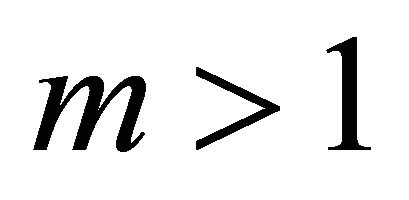 ) approximating subdivision schemes, which have smaller support and higher smoothness, comparing to binary and ternary schemes. The proposed algorithm has been derived from uniform B-spline basis function using the Cox-de Boor recursion formula. In order to determine the convergence and smoothness of the proposed schemes, the Laurent polynomial method has been used.
) approximating subdivision schemes, which have smaller support and higher smoothness, comparing to binary and ternary schemes. The proposed algorithm has been derived from uniform B-spline basis function using the Cox-de Boor recursion formula. In order to determine the convergence and smoothness of the proposed schemes, the Laurent polynomial method has been used.
1. Introduction
Until a few years ago all the work in the area of univariate subdivision was limited to consider just binary (Chaikin [1]; Dyn et al. [2,3]; Siddiqi and Younis [4]; Beccari et al. [5]) and ternary (Hassan and Dodgson [6]; Hassan et al. [7]; Ko et al. [8]; Mustafa et al. [9]) scenarios. In recent time, some proposals of quaternary subdivision schemes have introduced new interest in the era of subdivision, showing the possibility of treating refinement schemes with arity other than two or three.
Since subdivision schemes propose efficient iterative algorithms to produce the smooth curves and surfaces from a discrete set of control points by subdividing them according to some refining rules, recursively. These refining rules are very helpful and useful for the creation of smooth curves and surfaces in computational geometry and geometric designing due to their wide range of applications in many areas like engineering, medical science and image processing etc.
In this article an algorithm has been introduced to produce the quaternary 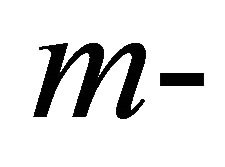 point (for any integer
point (for any integer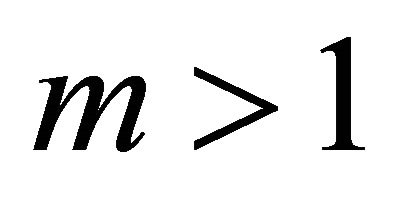 ) approximating subdivision schemes. This algorithm has been developed using the Cox-de Boor recursion formula, in the form of uniform B-spline blending functions to produce piecewise polynomials of order
) approximating subdivision schemes. This algorithm has been developed using the Cox-de Boor recursion formula, in the form of uniform B-spline blending functions to produce piecewise polynomials of order  over the interval
over the interval  (for detail, see Section 2).
(for detail, see Section 2).
The quaternary subdivision scheme can be defined in terms of a mask consisting of a finite set of non-zero coefficients  as follows
as follows

The formal definitions and the notion for the convergence analysis of the quaternary subdivision scheme are as follows:
The quaternary convergent subdivision scheme  with the corresponding mask
with the corresponding mask 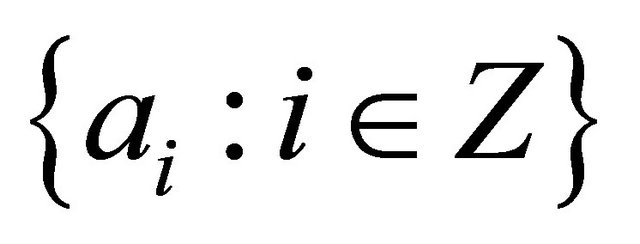 necessarily satisfies
necessarily satisfies

It follows that the symbol of a convergent subdivision scheme satisfies the conditions  and
and for
for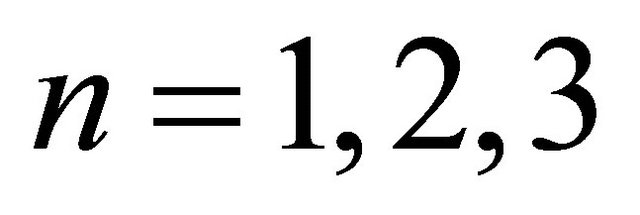 .
.
Introducing a symbol called the Laurent polynomial
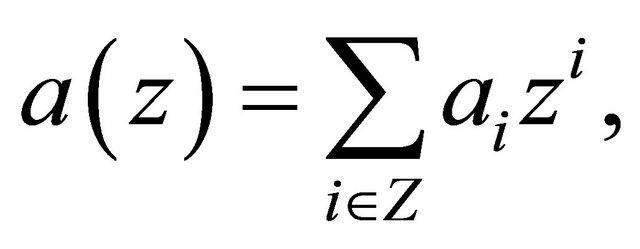
of a mask 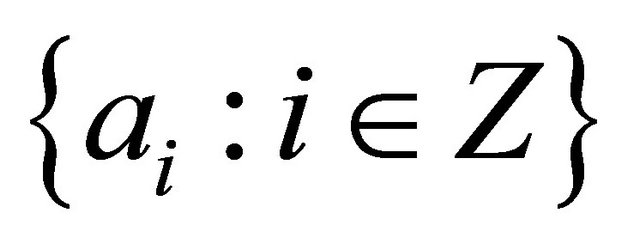 with finite support. In view of Dyn [3], the sufficient and necessary conditions for a uniform convergent scheme are defined as follows.
with finite support. In view of Dyn [3], the sufficient and necessary conditions for a uniform convergent scheme are defined as follows.
A subdivision scheme  is uniform convergent if and only if there is an integer
is uniform convergent if and only if there is an integer , such that
, such that
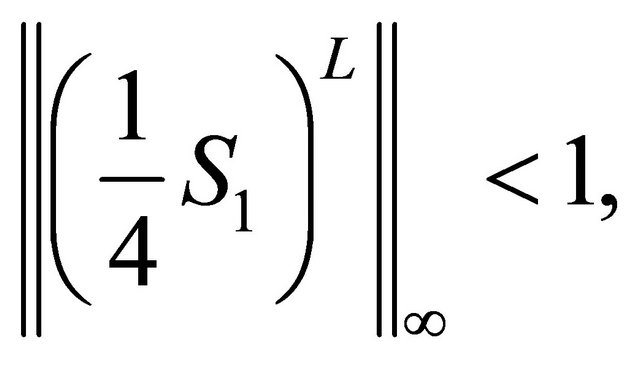
subdivision 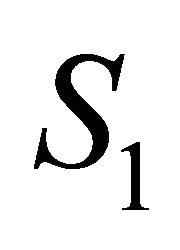 with symbol
with symbol 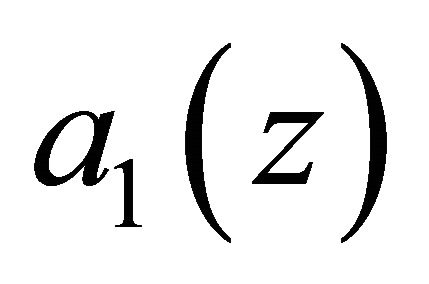 is related to S with symbol
is related to S with symbol , where
, where  and satisfying the property
and satisfying the property

where  and
and
 The norm
The norm 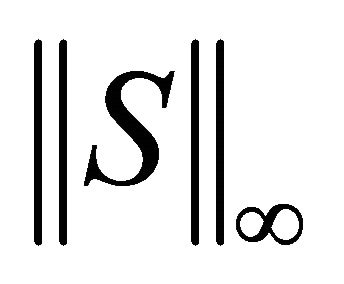
of a subdivision scheme 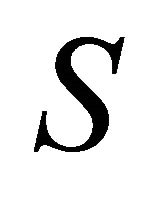 with a mask
with a mask 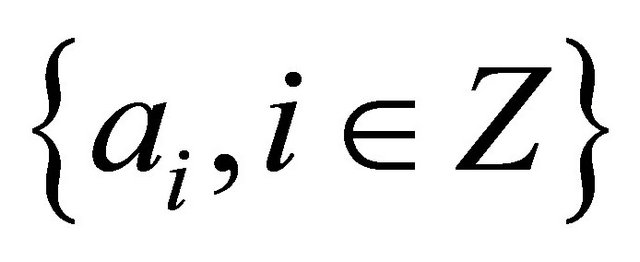 is defined by
is defined by

and

where

where

and
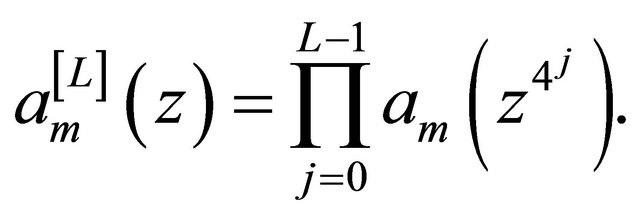
The paper is organized as follows, in Section 2 the algorithm to construct 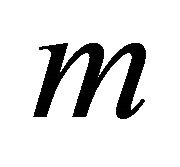 -point (for any integer
-point (for any integer ) quaternary schemes has been introduced. Three examples are considered to produce the masks of 2-point (corner cutting), 3-point and 4-point schemes in the same section. In Section 3, the polynomial reproduction property has been discussed. The conclusion is drawn in Section 4.
) quaternary schemes has been introduced. Three examples are considered to produce the masks of 2-point (corner cutting), 3-point and 4-point schemes in the same section. In Section 3, the polynomial reproduction property has been discussed. The conclusion is drawn in Section 4.
2. Construction of the Algorithm
In this section, an algorithm has been constructed to produce the quaternary  -point approximating subdivision schemes using the uniform B-spline basis functions and the Cox-de Boor recursion relation. The Cox-de Boor recursion relation, in view of Buss [10], can be defined as follows:
-point approximating subdivision schemes using the uniform B-spline basis functions and the Cox-de Boor recursion relation. The Cox-de Boor recursion relation, in view of Buss [10], can be defined as follows:
The recursion relation is the generalization to B-spline of degree 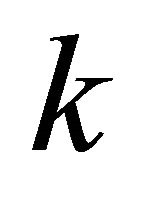 (or of order
(or of order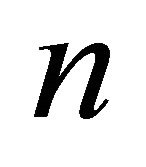 , i.e.,
, i.e.,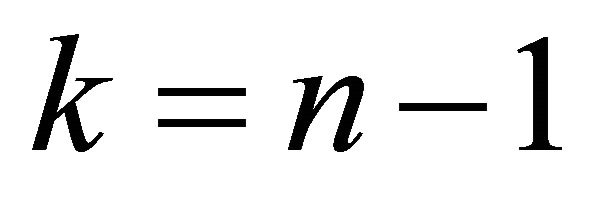 ). For this, consider
). For this, consider 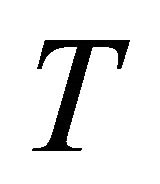 to be a set of
to be a set of 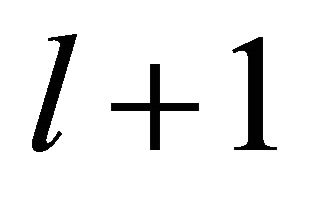 non-decreasing real numbers in such a way that
non-decreasing real numbers in such a way that . The values
. The values ’s, not necessarily uniformly spaced, are called knots of non-uniform spline and the set
’s, not necessarily uniformly spaced, are called knots of non-uniform spline and the set  is called knot vector. The uniform B-splines are just the special case of non-uniform B-splines in which the knots are equally spaced such that
is called knot vector. The uniform B-splines are just the special case of non-uniform B-splines in which the knots are equally spaced such that  is a constant for
is a constant for  (i.e.,
(i.e., ) . Note that the blending functions
) . Note that the blending functions 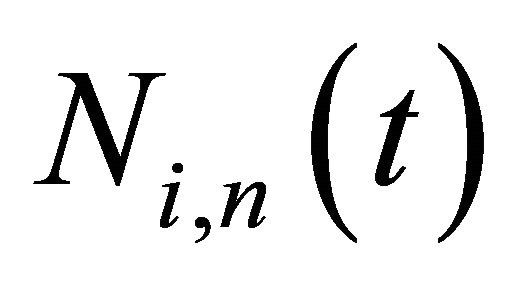 of order
of order  depend only on the knot positions and are defined by induction on
depend only on the knot positions and are defined by induction on  as follows.
as follows.
First, for  let
let

Second for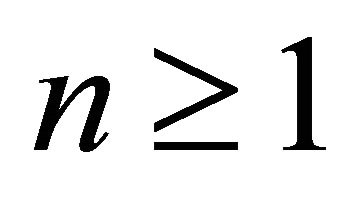 . Setting
. Setting ,
,  is defined by the Cox-de Boor formula as,
is defined by the Cox-de Boor formula as,
 (1)
(1)
The form of above recursive formulas for the blending function immediately implies that the functions  are piecewise polynomials of degree
are piecewise polynomials of degree 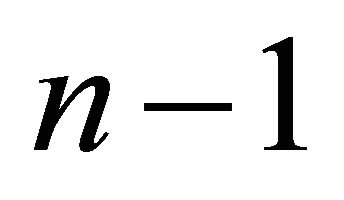 and that the breaks between pieces occur at the knots
and that the breaks between pieces occur at the knots .
.
In view of above recursion formula, the Uniform Bspline blending functions  of order
of order 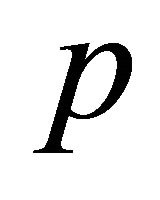 over the interval
over the interval , together with the properties [10], can be defined in Equation (2).
, together with the properties [10], can be defined in Equation (2).
The blending functions must satisfy the following properties:
• The blending functions are translates of each other, that is, .
.
• The blending functions are a partition of unity, that is,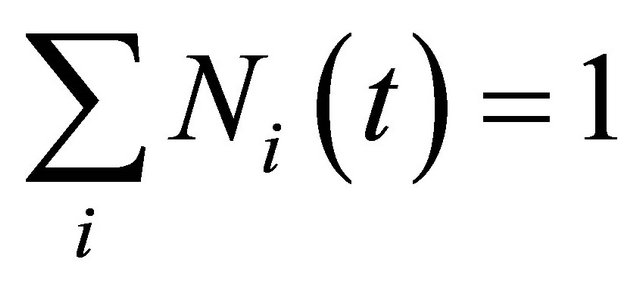 .
.
•  for all t.
for all t.
• The functions 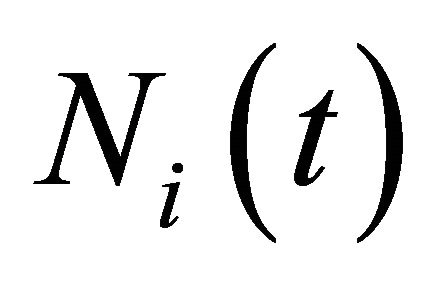 have continuous
have continuous  derivatives, that is, they are
derivatives, that is, they are 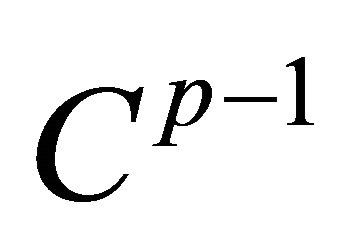 -continuous.
-continuous.
 (2)
(2)
The masks  of the proposed quaternary
of the proposed quaternary  -point scheme can be calculated using the following recurrence relation
-point scheme can be calculated using the following recurrence relation
 (3)
(3)
where  is a uniform B-spline basis function of degree
is a uniform B-spline basis function of degree . In the following, some examples are considered to produce the masks of 2-point, 3-point and 4-point quaternary approximating schemes after setting
. In the following, some examples are considered to produce the masks of 2-point, 3-point and 4-point quaternary approximating schemes after setting  and 4, respectively, in recurrence relation (3).
and 4, respectively, in recurrence relation (3).
The 2-point scheme: To obtain the mask of quarternary 2-point scheme, set  in above relation (3). It may be noted that the linear uniform B-spline basis function
in above relation (3). It may be noted that the linear uniform B-spline basis function 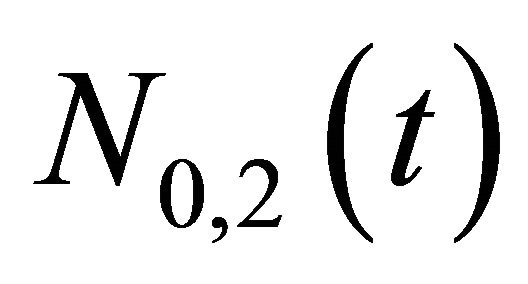 produces the mask of 2-point quarternary scheme (which is also called corner cutting scheme). Thus 2-point scheme (after adjusting the mask) to refine the control polygon is defined as follows:
produces the mask of 2-point quarternary scheme (which is also called corner cutting scheme). Thus 2-point scheme (after adjusting the mask) to refine the control polygon is defined as follows:
 (4)
(4)
Now, the convergence and smoothness of the proposed 2-point scheme can be analyzed using the Laurent polynomial method introduced by Tang et al. [11].
Theorem 2.1: The quaternary 2-point approximating subdivision scheme converges and has smoothness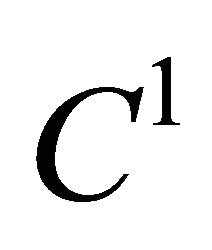 .
.
Proof. To prove that the subdivision scheme 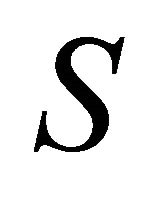 corresponding to the symbol
corresponding to the symbol 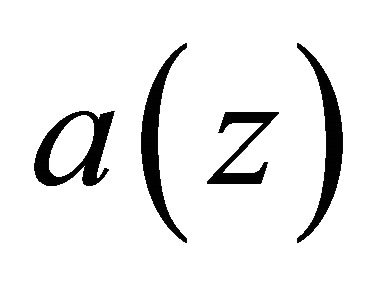 is
is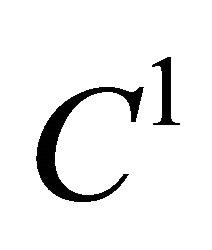 . So, the Laurent polynomial
. So, the Laurent polynomial  for the mask of the scheme can be written as
for the mask of the scheme can be written as
 (5)
(5)
The Laurent polynomial method is used to prove the smoothness of the scheme to be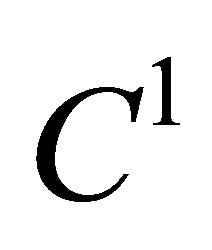 . Taking
. Taking

where
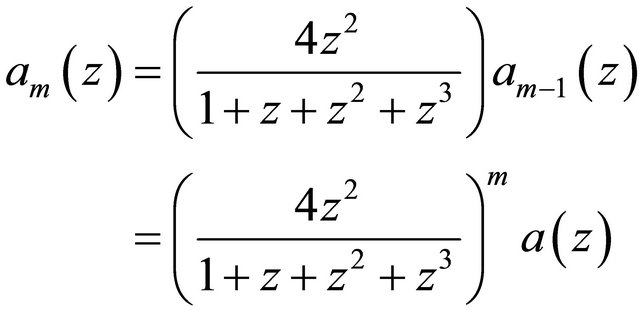
and

With a choice of  and
and , it can be written as
, it can be written as

Since the norm of subdivision  is
is
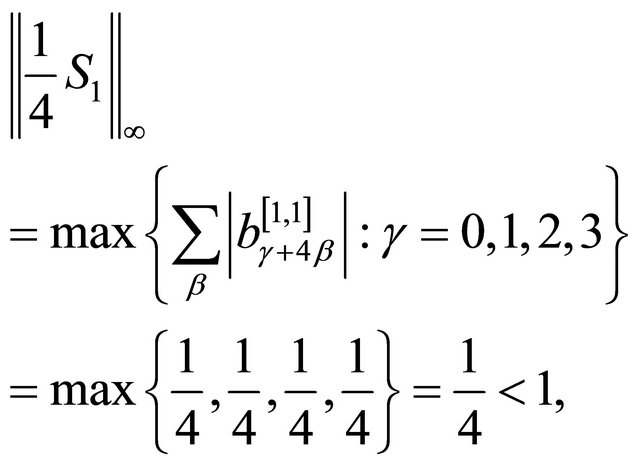
therefore 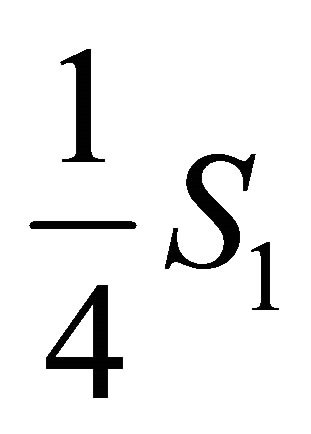 is contractive, by Theorem 3, and so
is contractive, by Theorem 3, and so 
is convergent.
In order to prove the scheme developed to be , consider
, consider  and
and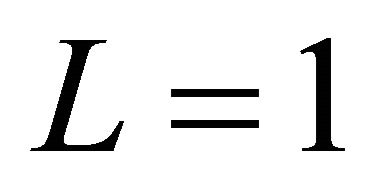 ; it can be written as
; it can be written as

Since the norm of subdivision  is
is

therefore 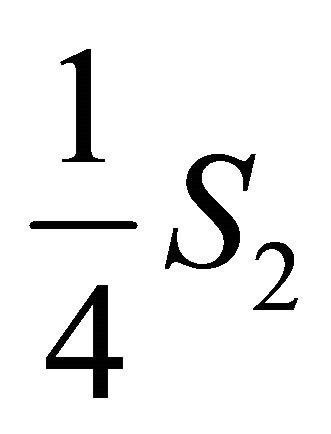 is contractive. Consequently,
is contractive. Consequently,  is convergent and
is convergent and .
.
The 3-point scheme: To obtain the mask of quarternary univariate 3-point scheme, set 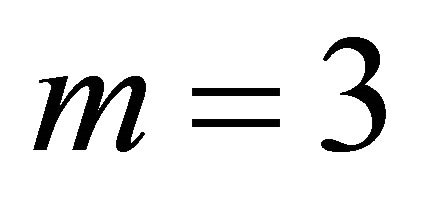 in recursion relation (3). The quadratic uniform B-spline basis functions
in recursion relation (3). The quadratic uniform B-spline basis functions  are obtained. The mask
are obtained. The mask  of the proposed quaternary 3-point scheme can be calculated from these basis functions. The 3-point scheme (after adjusting the mask), to refine the control polygon, is defined as:
of the proposed quaternary 3-point scheme can be calculated from these basis functions. The 3-point scheme (after adjusting the mask), to refine the control polygon, is defined as:
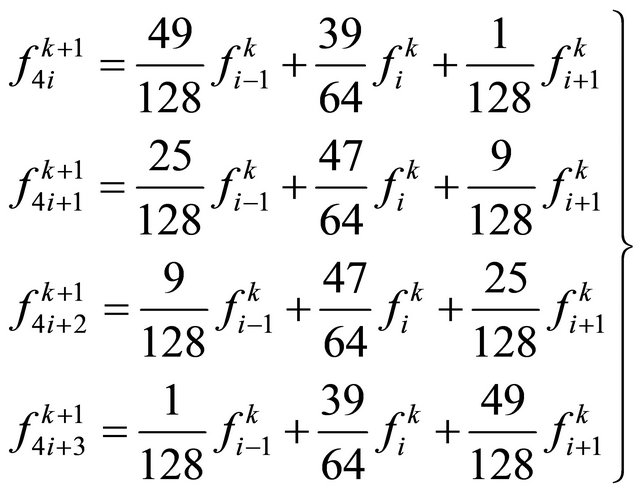 (6)
(6)
Theorem 2.2: The quaternary 3-point approximating subdivision scheme converges and has smoothness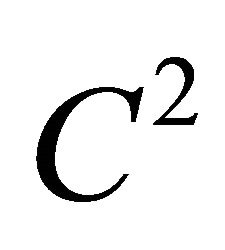 .
.
Proof. The smoothness of the above subdivision scheme can be calculated following the same procedure.
The 4-point scheme: Now, a 4-point quaternary scheme is presented and masks of the scheme can be calculated from the cubic basis function. After setting  in relation (3) the cubic B-spline basis functions
in relation (3) the cubic B-spline basis functions 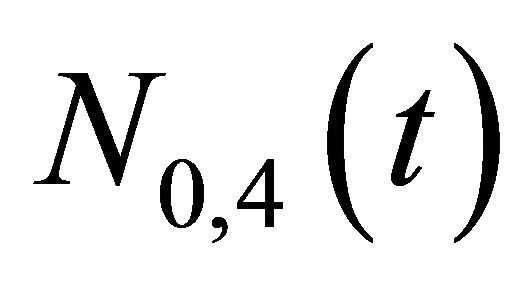 can be calculated. Thus, 4-point scheme is defined as follows
can be calculated. Thus, 4-point scheme is defined as follows
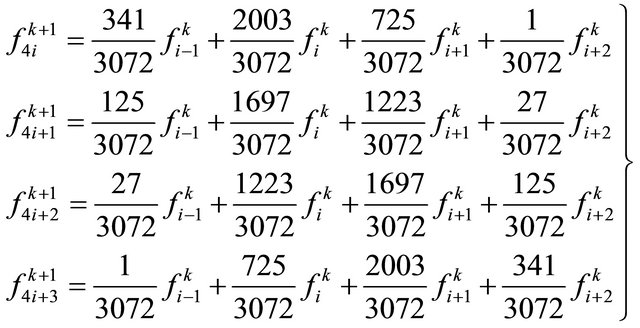 (7)
(7)
Theorem 2.3: The quaternary 4-point approximating subdivision scheme converges and has smoothness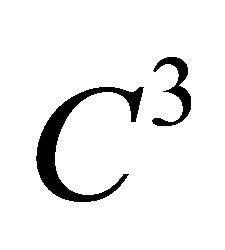 .
.
Proof. The smoothness of the above subdivision scheme can be calculated following the same procedure.
In the following section the polynomial reproduction property has been discussed.
3. Properties
The polynomial reproduction property has its own importance. As, the reproduction property of the polynomials up to certain degree  implies that the scheme has
implies that the scheme has  approximation order. For this, polynomial reproduction can be made from initial date which has been sampled from some polynomial function. In view of [12], the polynomial reproduction property of the proposed scheme can be obtained after having the parametrization
approximation order. For this, polynomial reproduction can be made from initial date which has been sampled from some polynomial function. In view of [12], the polynomial reproduction property of the proposed scheme can be obtained after having the parametrization 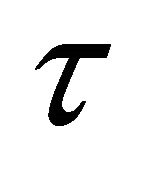 and definitions in the following manner.
and definitions in the following manner.
Definition 3.1: For quaternary subdivision scheme the parametrization  the corresponding parametric shift and attach the data
the corresponding parametric shift and attach the data 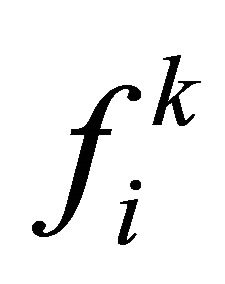 for
for  to the parameter values
to the parameter values
 (8)
(8)
Definition 3.2: A quaternary subdivision scheme reproduces polynomial of degree  if it is convergent and its continuous limit function (for any polynomial
if it is convergent and its continuous limit function (for any polynomial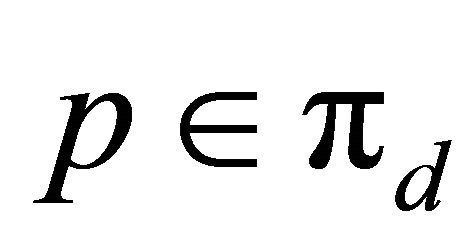 ) is equal to
) is equal to  and initial data
and initial data

Theorem 3.3: A convergent quaternary subdivision scheme reproduces polynomials of degree  with respect to the parametrization defined in (8) if and only if
with respect to the parametrization defined in (8) if and only if

Proof. The induction over  can be performed to prove this theorem following [12].
can be performed to prove this theorem following [12].
In view of [12], the following proposition helps to find the necessary conditions defined in (9).
Proposition 3.4: Let  and
and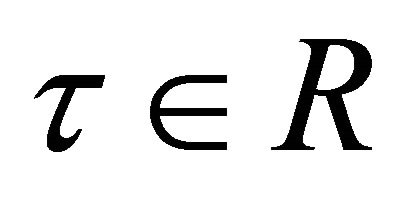 . Then a subdivision symbol
. Then a subdivision symbol  satisfies
satisfies
 (9)
(9)
if and only if  satisfies
satisfies
 (3)
(3)
(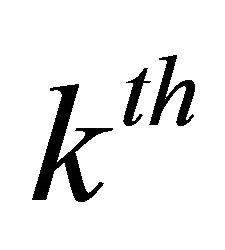 derivative of the symbol) which in turn is equivalent to require that
derivative of the symbol) which in turn is equivalent to require that  for some c(z).
for some c(z).
Proposition 3.5: Let a quaternary subdivision scheme that reproduces polynomial up to degree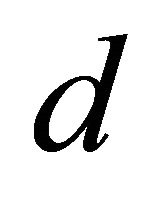 . Then the smoothed scheme
. Then the smoothed scheme  with the symbol
with the symbol
 satisfies the conditions
satisfies the conditions

and hence generates polynomial of degree , but it has only linear reproduction.
, but it has only linear reproduction.
Proof. Following [12], for some Laurent polynomial
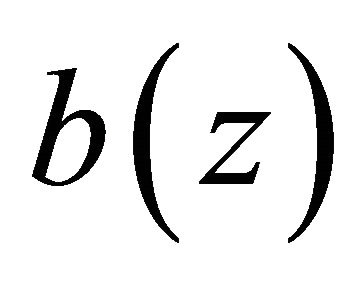 with
with , we have
, we have

and the fact . Thus, the
. Thus, the  derivative of
derivative of 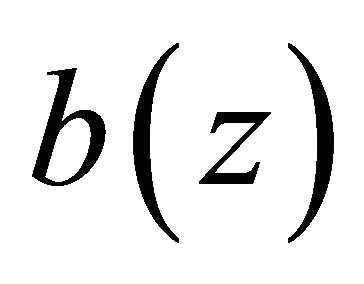 is
is

and correct parametric shift for 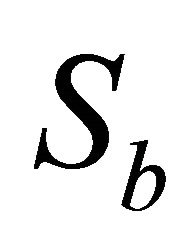 is
is

The  derivative of
derivative of 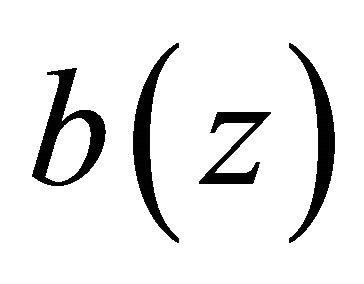 is
is

which produces

after simplification, it can be yielded that
 .
.
Hence, it does not reproduce polynomials of degree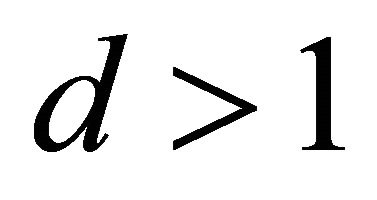 .
.
4. Conclusion
A quaternary univariate  point (for any integer
point (for any integer ) approximating subdivision scheme has been developed which generates the smooth limiting curves. The construction of the quaternary scheme is associated with an algorithm of uniform B-spline basis functions developed from the Cox-de Boor recursion formula. The objective is to introduce the quaternary subdivision schemes, which have smaller support and higher smoothness, comparing to binary and ternary schemes. Moreover the polynomial reproduction property has also been discussed.
) approximating subdivision scheme has been developed which generates the smooth limiting curves. The construction of the quaternary scheme is associated with an algorithm of uniform B-spline basis functions developed from the Cox-de Boor recursion formula. The objective is to introduce the quaternary subdivision schemes, which have smaller support and higher smoothness, comparing to binary and ternary schemes. Moreover the polynomial reproduction property has also been discussed.
REFERENCES
- G. M. Chaikin, “An Algorithm for High Speed Curve Generation,” Graph cuts in Computer Vision, Vol. 3, No. 4, 1974, pp. 346-349.
- N. Dyn, J. A. Gregory and D. Levin, “A 4-Points Interpolatory Subdivision Scheme for Curve Design,” Computer Aided Geometric Design, Vol. 4, No. 4, 1987, pp. 257-268. doi:10.1016/0167-8396(87)90001-X
- N. Dyn, “Tutorials on Multresolution in Geometric Modelling,” In: A. Iske, E. Quak and M. S. Floater, Eds., Summer School Lectures Notes Series: Mathematics and Visualization, Springer, 1995, ISBN: 3-540-43639-1.
- S. S. Siddiqi and M. Younis, “Construction of m-Point Approximating Subdivision Schemes,” Applied Mathematics Letters, Vol. 26, No. 3, 2013, pp. 337-343. doi:10.1016/j.aml.2012.09.016
- C. Beccari, G. Casciola and L. Romani, “A Non-Stationary Uniform Tension Controlled Interpolating 4-Point scheme Reproducing Conics,” Computer Aided Geometric Design, Vol. 24, No. 1, 2007, pp. 1-9. doi:10.1016/j.cagd.2006.10.003
- M. F. Hassan and N. A. Dodgson, “Ternary and Three Point Univariate Subdivision Schemes,” In: A. Cohen, J.- L. Merrien and L. L. Schumaker, Eds., Curve and Surface Fitting: Sant-Malo, Nashboro Press, Brentwood, 2003, pp. 199-208.
- M. F. Hassan, I. P. Ivrissimtzis, N. A. Dodgson and M. A. Sabin, “An Interpolating 4-Point Ternary Stationary Subdivision Scheme,” Computer Aided Geometric Design, Vol. 19, No. 1, 2002, pp. 1-18. doi:10.1016/S0167-8396(01)00084-X
- K. P. Ko, B.-G. Lee and G. J. Yoon, “A Ternary 4-Point Approximating Subdivision Scheme,” Applied Mathematics and Computation, Vol. 190, No. 2, 2007, pp. 1563- 1573. doi:10.1016/j.amc.2007.02.032
- G. Mustafa, A. Ghaffar and F. Khan, “The Odd-Point Ternary Approximating Schemes,” American Journal of Computational Mathematics, Vol. 1, No. 2, 2011, pp. 111- 118.
- S. R. Buss, “3-D Computer Graphics A Mathematical Introduction with OpenGL,” 1st Edition, Cambridge University Press, New York, 2003. doi:10.1017/CBO9780511804991
- Y. Tang, K. P. Ko and B. G. Lee, “A New Proof of the Smoothness of 4-Point Deslauriers-Dubuc Scheme,” Journal of Applied Mathematics and Computing Vol. 18, No. 1-2, 2005, pp. 553-562.
- C. Conti and K. Hormann, “Polynomial Reproduction for Univariate Subdivision Schemes of any Arity,” Journal of Approximation Theory, Vol. 163, No. 4, 2011, pp. 413- 437. doi:10.1016/j.jat.2010.11.002

